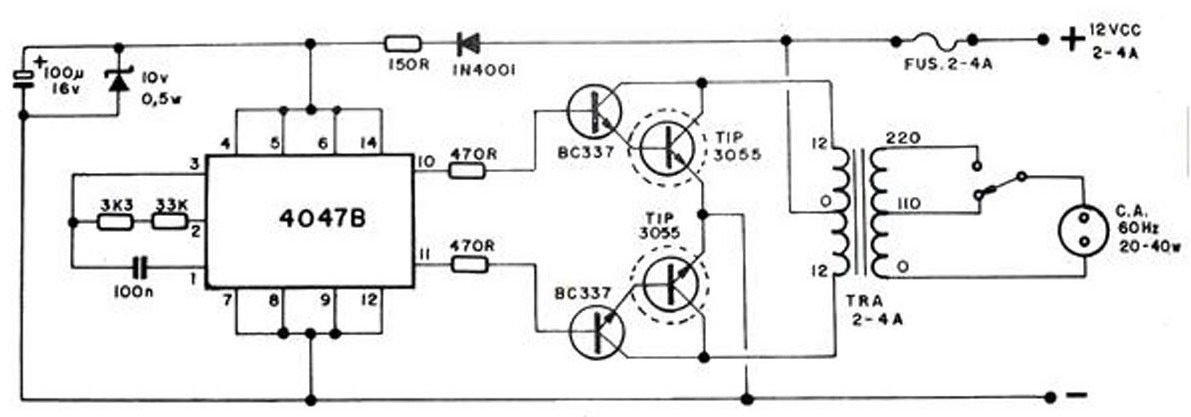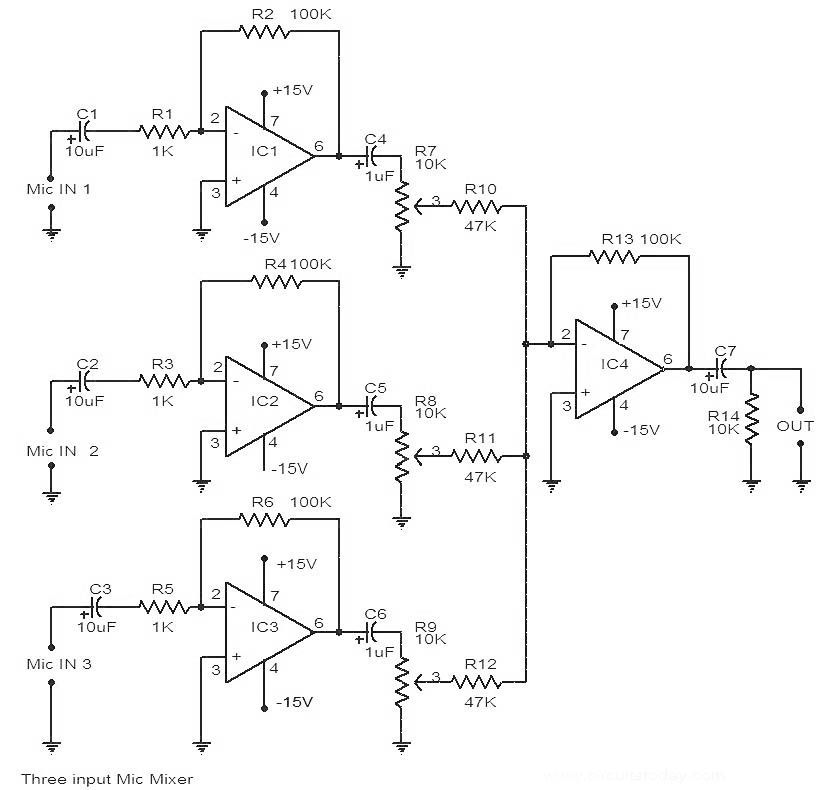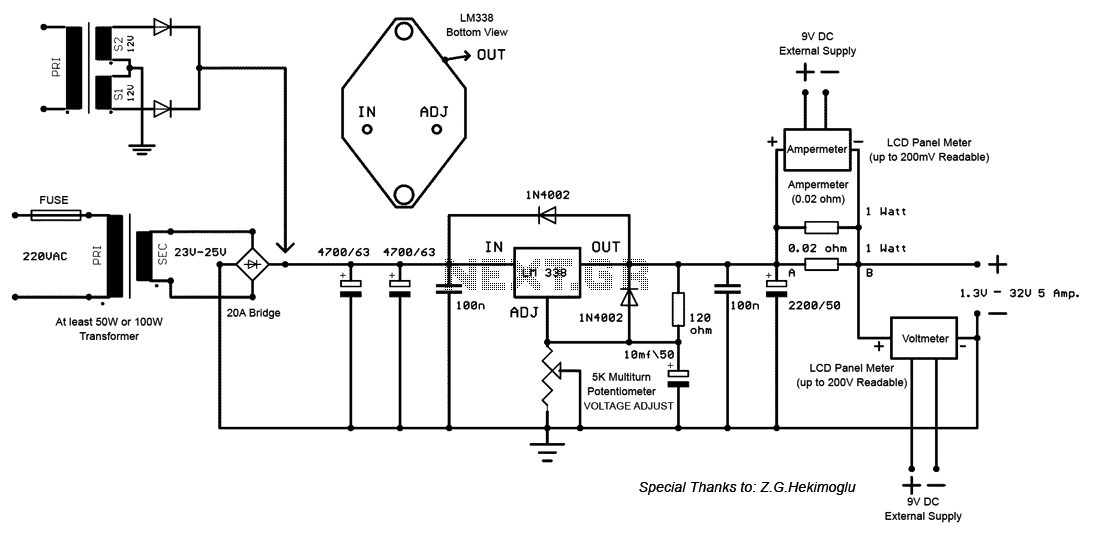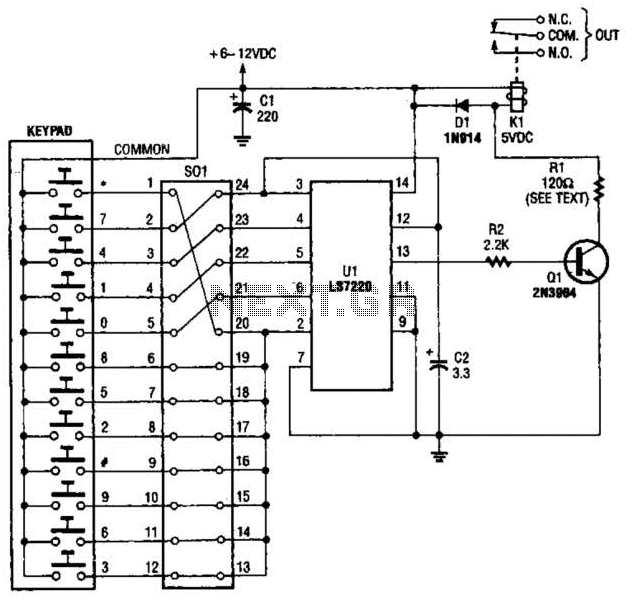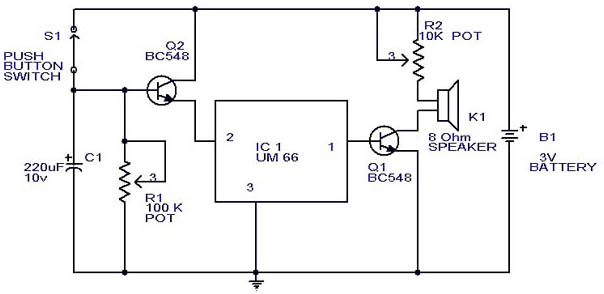
Tune Your Brainwaves Instantly with an Ultra-Simple 555 Circuit
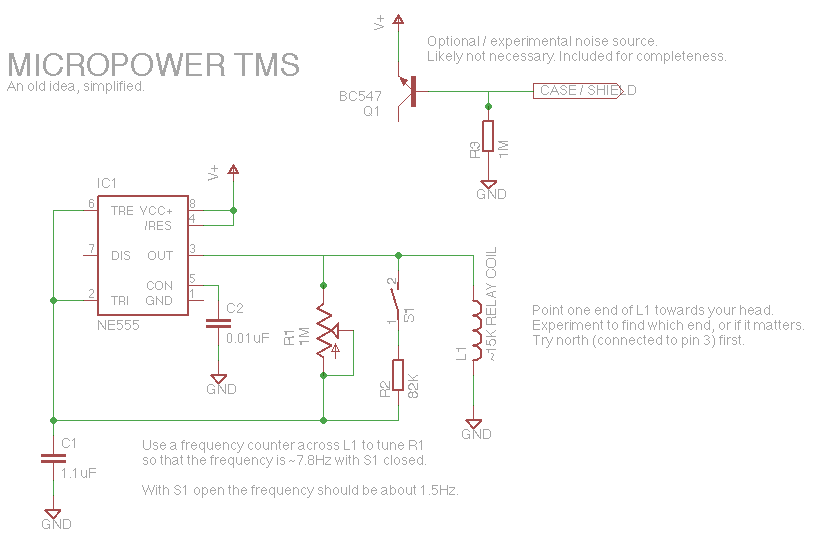
Let's face it, not every day is the greatest. Sometimes, one may not feel like doing much of anything. Wouldn't it be nice if there was a way to change brain waves at the push of a button? Transcranial magnetic stimulation (TMS) has been widely discussed. With TMS, medical professionals and brain-hackers utilize a specific method.
Transcranial Magnetic Stimulation (TMS) is a non-invasive procedure that employs magnetic fields to stimulate nerve cells in the brain. This technique is primarily used to treat various mental health conditions, including depression, anxiety, and PTSD. The process involves placing a magnetic coil on the scalp, which generates brief magnetic pulses. These pulses induce electrical currents in the targeted areas of the brain, modulating neuronal activity and potentially altering mood and cognitive functions.
The TMS device typically consists of several key components: a magnetic coil, a power supply, a control unit, and safety features. The magnetic coil is designed to produce a focused magnetic field that penetrates the skull without causing discomfort to the patient. The power supply provides the necessary energy to generate the magnetic pulses, while the control unit allows the operator to adjust parameters such as frequency, intensity, and duration of the stimulation. Safety features are critical to ensure that the procedure is conducted within safe limits, protecting the patient from any adverse effects.
The efficacy of TMS is supported by numerous clinical studies, demonstrating its ability to induce changes in brain wave patterns associated with improved mood and cognitive function. As a result, TMS has gained traction as a promising alternative to traditional pharmacological treatments, offering a novel approach to managing mental health disorders. The ongoing research aims to optimize TMS protocols and explore its applications in various neurological conditions, further solidifying its role in contemporary therapeutic practices.Let`s face it not every day`s the greatest. Sometimes you just don`t feel like doing much of anything. Wouldn`t it be nice if there was a way to change your brain waves at the push of a button? We`ve all heard about TMS -- transcranial magnetic stimulation. With TMS, doctors and brain-hackers use a very. 🔗 External reference
Transcranial Magnetic Stimulation (TMS) is a non-invasive procedure that employs magnetic fields to stimulate nerve cells in the brain. This technique is primarily used to treat various mental health conditions, including depression, anxiety, and PTSD. The process involves placing a magnetic coil on the scalp, which generates brief magnetic pulses. These pulses induce electrical currents in the targeted areas of the brain, modulating neuronal activity and potentially altering mood and cognitive functions.
The TMS device typically consists of several key components: a magnetic coil, a power supply, a control unit, and safety features. The magnetic coil is designed to produce a focused magnetic field that penetrates the skull without causing discomfort to the patient. The power supply provides the necessary energy to generate the magnetic pulses, while the control unit allows the operator to adjust parameters such as frequency, intensity, and duration of the stimulation. Safety features are critical to ensure that the procedure is conducted within safe limits, protecting the patient from any adverse effects.
The efficacy of TMS is supported by numerous clinical studies, demonstrating its ability to induce changes in brain wave patterns associated with improved mood and cognitive function. As a result, TMS has gained traction as a promising alternative to traditional pharmacological treatments, offering a novel approach to managing mental health disorders. The ongoing research aims to optimize TMS protocols and explore its applications in various neurological conditions, further solidifying its role in contemporary therapeutic practices.Let`s face it not every day`s the greatest. Sometimes you just don`t feel like doing much of anything. Wouldn`t it be nice if there was a way to change your brain waves at the push of a button? We`ve all heard about TMS -- transcranial magnetic stimulation. With TMS, doctors and brain-hackers use a very. 🔗 External reference
